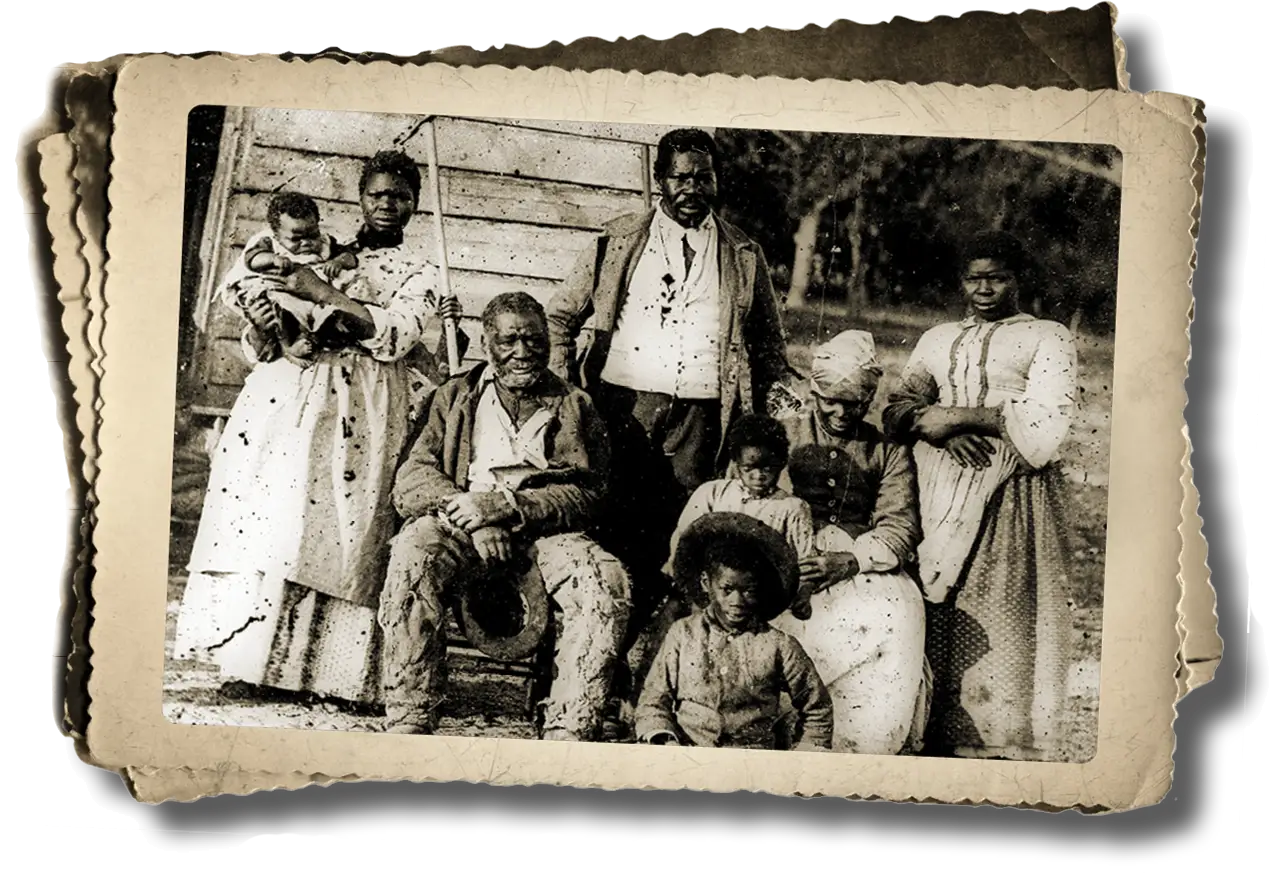

That all changed beginning on September 8, 1912, when 18-year-old Mae Crow disappeared. Mae was found unconscious in the woods the next day. She was severely beaten and believed to have been sexually assaulted. She never regained consciousness before dying from her injuries. Since she was a white, young woman, it was quickly determined that the suspect(s) must be black men.
Thousands of whites gathered to lynch those judged guilty but weren’t satisfied until their reign of terror drove all the blacks out of Forsyth County. Whites took ownership of the dispossessed land until Lake Lanier was created in the 1950s, submerging any remnants of Oscarville. There have been over 700 deaths on Lake Lanier since then, leading some to believe the lake is haunted. If I believed in ghosts, Lanier’s story would make it haunt-worthy.
Kowaliga, Alabama, was a town founded by a former slave, John Benson. He was able to buy thousands of acres of land and sold parcels to black families, who formed a community together. John’s son, William, started the nation’s first Black railroad there, along with founding the Kowaligia Academic & Industrial Institute. Kowaliga was later drowned by the formation of Lake Martin.
In the 1830s, New York City’s small, majority-black community of York Hill was forced to leave so the Croton Reservoir could be built in its place. Most of them moved to nearby Seneca Village, which was about two-thirds black. Most of them owned their one, two, and three-story homes, with home-ownership rates much higher than the rest of NYC. Property ownership not only gave them family stability but voting rights as well. Imagine the loss when they were forced to leave to make room for Central Park. Perhaps the silver lining can be found in the public library that displaced the Croton Reservoir?
They wouldn’t bury Black history under lakes and parks in the 2020s, would they? Maybe not, but they’re attempting to drown it with a deluge of so-called anti-CRT, anti-woke legislation.